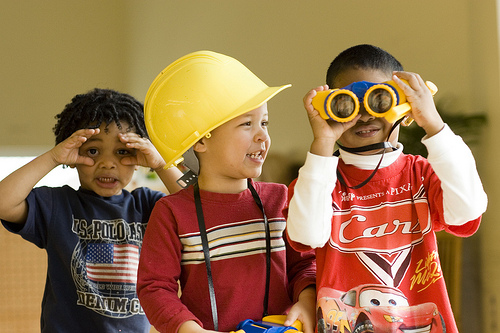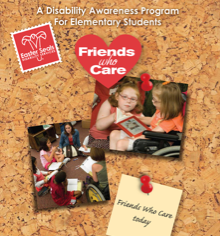The Importance of Self-Advocacy
Self-Advocacy is essential to a smooth transition. No one has a greater stake in the outcome of transition planning than the student with a disability. The student should be an active, participating member of the transition team, as well as the focus of all activities. For a young person with a disability, decision-making is complicated by limited choices and the tendency for others to tell the individual what to do.
Too often students are thought that dependence, passivity, and reliance on unseen forces will take care of them. Throughout transition planning, students should be encouraged to express concerns, preferences, and conclusions about their options and to give facts and reasons. They may need to learn how to express their thoughts in a way that others listen to them and respect their views. In order to learn these skills, students need to practice them within a supportive environment. The transition process is a good place to start. Transition planning should be an ongoing opportunity for students to learn and practice responsibility and self-knowledge. Transition is an ever-changing process, and students need to be skillful enough to adapt to the challenge of those changes.
There are skills students can learn to become better:
- Study Skills
- Note-taking
- Organization
- Reading and Listening for Main Ideas
- Abbreviation Skills
- Categorizing
Ideally, children should begin to learn organization and study skills in the early elementary grades. However, it is never too late to help your child develop these skills. Even children who are taught good study skills in school will benefit from your reinforcement of them at home. Organizing notebooks, assignments, time and study space requires constant monitoring for some children before they can automatically and independently apply these skills. While helping your child read and listen for main ideas, as well as take two-column notes, is challenging and time-consuming, it can help make a difference in your child’s success in school. You will not always have all the answers. Your committed, consistent effort counts. Making your child/student more self-reliant in school will help the child become a more self-reliant adult with better self-advocacy skills.
Related Articles to ‘Why is Self-Advocacy part f Transitions’
Self Advocacy: What It Is and How to Teach It
Intellectual Disability and the Adulthood Transition




